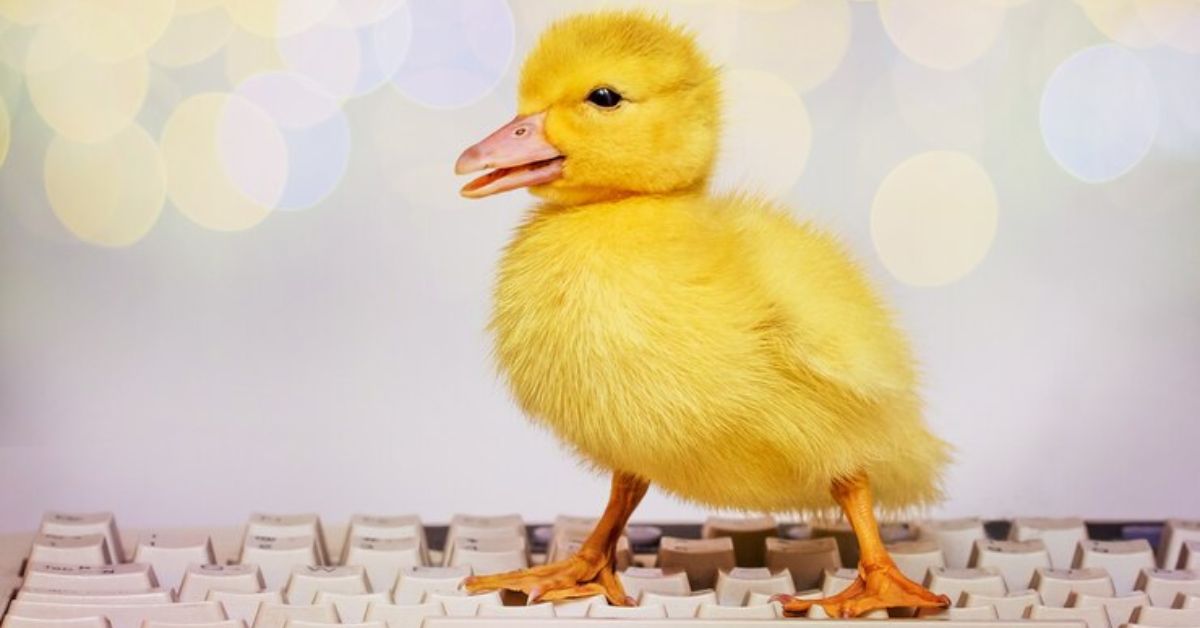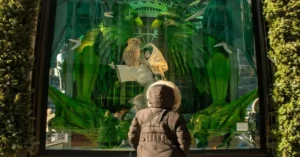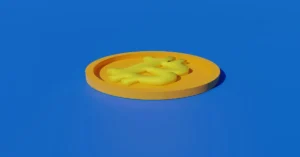If you’ve been searching for https://pollo.info/criar-patitos, you’re likely interested in either raising ducklings (“criar patitos”) or exploring digital resources for small-scale poultry management. Let’s answer your intent clearly: https://pollo.info/criar-patitos is a digital resource that provides updated, structured, and practical information about raising ducklings—from incubation and first feeding to environmental management and growth monitoring. The platform acts as both a tutorial and a planning aid, especially useful for small farms, educational projects, or home-based poultry initiatives.
This article gives you a comprehensive understanding of how the resource works, what it offers, why it’s useful, and how to apply its guidance effectively. It also covers the real-world process of raising ducklings with updated care standards, behavioral insights, nutritional planning, and digital integration tips. Whether you’re a curious hobbyist, a science teacher, or a microfarmer, you’ll walk away with real knowledge—and not just links.
What Is Pollo.info/criar-patitos?
https://pollo.info/criar-patitos is a dedicated subsection of Pollo.info, an educational and informational platform focused on poultry farming. This specific page is tailored to raising ducklings (“patitos” in Spanish) and aims to help users follow a clear, humane, and efficient path in small-scale duckling care. Unlike static guides or general web forums, this page offers step-by-step digital modules, PDF checklists, and interactive tools for users to manage timeframes, feeding schedules, and health markers.
More than just a collection of facts, Pollo.info creates a digital bridge between traditional animal husbandry and modern, tech-enhanced resource planning.
READ MORE: Telugu Boothu Kathalu: A Contemporary Look into Adult Folklore and Cultural Storytelling
Overview of Duckling Rearing (Criar Patitos)
Raising ducklings can be both rewarding and complex. It involves:
- Controlled temperature and humidity for incubation
- Proper brooder setup post-hatching
- Scheduled feeding with progressive dietary phases
- Regular cleaning and hydration routines
- Monitoring health indicators like feather quality, leg strength, and appetite
Ducklings are social, sensitive to environmental shifts, and require consistent attention. The first three weeks are especially critical, as this is when immunity, skeletal structure, and behavior are most malleable.
Pollo.info provides age-specific guides that support duckling development week by week, making it ideal for first-time handlers.
Incubation and Hatching Basics
Before ducklings can be raised, they need to be hatched. Here’s a breakdown of the process:
| Stage | Recommended Conditions |
|---|---|
| Incubation Start | 99.5°F, 55–60% humidity |
| Turning Eggs | At least 3–5 times daily |
| Day 25–28 | Stop turning, increase humidity to 70–75% |
| Hatching Time | 28 days (standard for mallards/domestics) |
Pollo.info provides digital egg-turning reminders and hatching calculators you can personalize by breed type.
Nutrition Needs for Ducklings
Ducklings have different nutritional needs than chicks. They require higher niacin levels, especially during their bone-forming early days. Without enough niacin, leg deformities can occur.
Ideal Feeding Schedule:
| Age (Weeks) | Feed Type | Frequency |
|---|---|---|
| 0–2 | Starter crumble (20% protein) + niacin supplement | 4x daily |
| 3–5 | Grower feed (18% protein) | 3x daily |
| 6–8 | Transition to maintenance pellets | 2x daily |
Tip from Pollo.info: You can mix brewer’s yeast into water or food to enhance niacin absorption naturally.
Environmental Setup and Daily Care
Ducklings thrive in environments that balance warmth, cleanliness, and safe exploration.
Brooder Environment Checklist:
- Heat Lamp: 90°F for first week, reduce 5°F weekly
- Bedding: Straw or pine shavings (no newspaper)
- Waterer: Deep enough for bills, shallow enough for safety
- Space: 1 sq. foot per duckling at minimum
- Cleaning: Spot-clean daily, full change every 2–3 days
Pollo.info offers interactive brooder maps, helping you visualize ideal setups for different group sizes.
Digital Features of Pollo.info
Here’s how the https://pollo.info/criar-patitos page enhances your planning:
| Feature | Function |
|---|---|
| Feeding Timer | Alerts for daily feeding cycles |
| Growth Tracker | Logs weight, behavior, and feathering |
| Temperature Alerts | Notifies when brooder needs adjustment |
| Print-Ready Care Sheets | Weekly task checklists for duckling rearing |
| Mobile Compatibility | Optimized for use on phone or tablet near brooder |
These tools make the platform stand out as a dynamic assistant, not just an information archive.
Advantages of Using a Digital Platform
Digital care platforms like Pollo.info allow for:
- Real-time alerts for daily responsibilities
- Historical data logs for performance review
- Multilingual support (especially valuable in globalized rural markets)
- Community feedback, allowing users to rate care strategies
- Easier collaboration between classroom, farm, or home members
This moves poultry care into a shared, transparent process—ideal for cooperative learning and ethical farming.
Common Health Concerns and Prevention
Here are frequent issues when raising ducklings, and how Pollo.info helps address them:
| Problem | Symptoms | Solution |
|---|---|---|
| Leg Weakness | Splaying, sitting too often | Niacin-rich food, traction-friendly surfaces |
| Wet Feather Syndrome | Dull feathers, water soaking in | Ensure dry brooder; reduce humidity |
| Respiratory Illness | Sneezing, wheezing | Clean bedding, proper ventilation |
| Overheating | Panting, lethargy | Raise heat lamp, add cooler area |
| Chilling | Huddling, loud chirping | Check for drafts, reinforce lamp proximity |
Pollo.info includes a symptom-to-solution guide that lets you quickly cross-check signs and remedies.
Criar Patitos at Home: Urban and Rural Approaches
Whether you’re in a city apartment or a countryside coop, ducklings can be raised effectively if planned properly.
Urban Rearing:
- Use compact brooders with noise insulation
- Opt for smaller duck breeds (e.g., Call Ducks)
- Rely on digital tools for tracking instead of manual logs
- Use water trays instead of open sources to reduce splashing
Rural Rearing:
- Outdoor pens with netted tops for safety
- Large brooder capacity for bulk rearing
- Rain and mud adaptation built into bedding plans
- Seasonal temperature-based care strategies
Pollo.info offers guides for both contexts—addressing noise, waste, and space limitations in modern settings.
Table: Duckling Development Stages
| Week | Physical Changes | Needs | Tips |
|---|---|---|---|
| 1 | Fluff, rapid movement | 90°F heat, frequent feeding | Clean water daily |
| 2 | First feathers visible | Space expansion | Add mild niacin supplement |
| 3 | Feather covering grows | Less heat, more exercise | Introduce shallow pool play |
| 4–5 | Nearly fully feathered | Outdoor time | Supervised sun exposure |
| 6–8 | Full feathering, weight gain | Maintenance feeding | Reduce handling; introduce coop area |
Ethical Considerations in Poultry Care
Good farming is ethical farming. When raising ducklings:
- Never overcrowd brooders
- Avoid unnecessary handling to reduce stress
- Respect circadian rhythms—use full darkness at night
- Teach children that animals are not toys
- Cull responsibly if needed, and only under expert guidance
Pollo.info’s tone reinforces this with language that emphasizes humane stewardship over productivity.
Integration with Other Animal Systems
Pollo.info also integrates duckling care with broader farm management:
- Chicken-duck brooder combos (with caveats)
- Shared water systems (filtered to reduce bacteria)
- Rotational grazing or lawn cleanup (post-4 weeks)
- Compost plans that use duck droppings responsibly
The platform makes it clear: ducks aren’t isolated creatures—they’re part of micro-ecosystems.
Future of Smart Poultry Farming
We’re entering an era of sensor-enhanced, low-cost, mobile-driven poultry environments. The future will likely include:
- Temperature-controlled smart brooders
- IoT tracking tags for movement and behavior
- AI feeding routines tailored to bird behavior
- Blockchain-based animal health records
https://pollo.info/criar-patitos hints at this future by already merging traditional know-how with mobile-first logic.
READ MORE: Megacaching.com: An In-Depth Look at the Platform Transforming Digital Exploration
Conclusion
https://pollo.info/criar-patitos isn’t just a webpage—it’s a digital toolset for thoughtful, informed, and responsible duckling care. From incubation to feathered maturity, it offers guidance, structure, and smart planning features that support real-world users—regardless of experience or space constraints.
In a world that increasingly values transparency, ethical care, and digital convenience, platforms like this redefine what it means to “raise” animals in the 21st century. Whether you’re managing five ducklings in a backyard pen or launching an educational project in a school lab, Pollo.info brings clarity and confidence to criar patitos—one module, one feather, one day at a time.
FAQs
1. Do I need internet access all the time to use https://pollo.info/criar-patitos?
No, many of its resources (like care sheets and timers) can be downloaded and used offline.
2. Can children help raise ducklings using this platform?
Yes, especially with adult supervision. The checklists are visual and accessible for learning.
3. What breeds are best for beginners?
Pekin and Khaki Campbell ducklings are recommended. Pollo.info provides breed comparison charts.
4. Is Pollo.info compatible with commercial-scale farming?
It’s ideal for small to mid-scale projects but can inform batch-level care models as well.
5. Can I integrate this with other pet apps or farming software?
While not directly integrated, data logs can be exported and used in Excel or Google Sheets.









